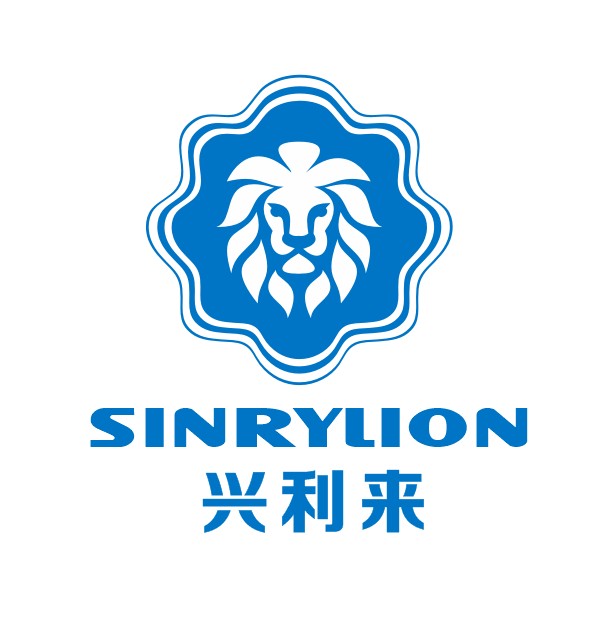After reading this article, you can also copy various fabrics.
2020-06-15
To design or imitate a certain fabric, the fabric must first be analyzed to obtain the technical data of the machine to guide the weaving process of the fabric. So designers must master the methods of fabric analysis.
In order to obtain the correct analysis results, fabric analysis is generally carried out as follows.
1、sampling
The sample obtained is the basis of the imitation design, so the sampling must be accurate, and the sampling position and sample size should be taken into account when sampling.
(1) Sampling position Because the fabric is always subjected to a certain tension during the production process, the tension of the fabric after the machine is lowered, so that the density of the two ends of the fabric and the middle, the edge of the silk and the middle of the silk body are different, in order to ensure the obtained sample. Accurate and representative, if conditions permit, should pay attention to the sampling position, generally within 2m of the head, the tail and within 5cm of the silk edge.
(2) The sampling area varies with the type and structure of the fabric. For the water jet loom fabric, a simple plain fabric can be larger than 10 cm × 10 cm. In the case of fabrics with several sets of warp threads or groups of weft threads, the full strip should be taken. Preferably, the vertical and horizontal strips are above two cycles. For larger jacquard fabrics, the analysis sample should be taken more than one cycle to ensure correct analysis.
2、Sample analysis
Through sample analysis, the finished product specification data and fabric organization of the fabric are obtained. This is the original data of the weaving specification design. The sample analysis must be comprehensive and the data obtained is correct.
The items for sample analysis have the following items: determining the front and back sides of the fabric, determining the warp and weft direction of the fabric, measuring the warp and weft ratio of the warp and weft, analyzing the warp and weft yarn raw materials, measuring the warp and weft thread density, and measuring the twist of the warp and weft. In the direction of analysis, the arrangement of multiple groups of warp and weft is analyzed, the warp and weft density is measured, the structure of the fabric is analyzed, and the square weight of the fabric is weighed.
Based on the above analysis results, Shenren analyzed the technical parameters of fabric production.
3、Preparation of specifications
After the analysis of the silk sample, after obtaining the sample element data, it is necessary to prepare a variety specification sheet according to the specification requirements of the fabric machine, and provide a model of the fabric machine.
The specifications for water jet loom fabrics are as follows:
(1) According to the characteristics of the warp and weft materials and the production conditions, the door width reduction rate is estimated, and the inner width is calculated.
(2) Design the number of wearers and calculate the nickname.
(3) Determine the combination of warp and weft materials, which includes line density, material type, line type, order of warp or weft of each group, and so on.
(4) Determine the production process. For some special varieties, it is also necessary to put forward the requirements of production process, dyeing and finishing.
(5) According to the results of the organization analysis, draw a machine map, and arrange the threading sequence and the weft nail planting instructions.
(6) According to the characteristics of the warp raw materials and the production process conditions, it is estimated that the weft shrinkage rate of the finished product from weaving to dyeing is calculated, and the weft density is calculated. Weaving weft density = finished weft density / (1 + warp shrinkage rate of finished product from weaving to dyeing)
(7) Calculate the amount of raw materials and verify the weight of the fabric.
After the sample analysis and the sample analysis data were used to prepare the specifications that meet the requirements of the machine, the textile design work was basically completed.

 English
English 한국어
한국어 বাংলা ভাষার
বাংলা ভাষার हिन्दी
हिन्दी Türkçe
Türkçe русский
русский




